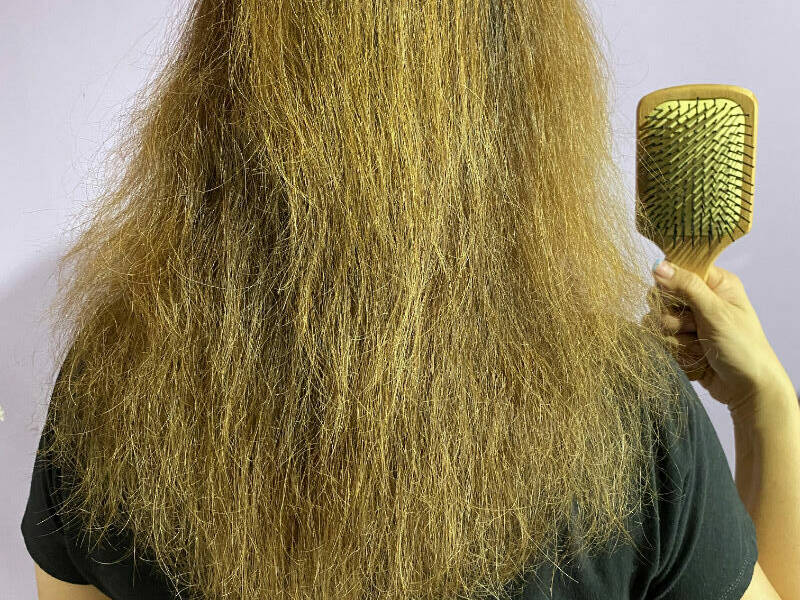Hair loss, also called alopecia, comes in many forms:
Involutional alopecia is a natural condition where hair naturally thins with age. A greater number of hair follicles move into a resting phase, with remaining hairs becoming shorter and less dense.
Androgenic alopecia is a genetic condition affecting men and women. Generally called pattern baldness, which men can surfer in their teens or early 20s. Generally noticed with a receding hairline and a steady disappearance of hair from the crown and the front of the scalp. Women don’t generally experience noticeable loss until their 40s or later. It’s generally over the entire scalp, most noticeably at the crown.
Alopecia areata can start suddenly causing patchy hair loss in children and young adults. It can result in complete baldness (alopecia totalis). For 90% however, the hair returns after a few years.
Alopecia universalis results in all body hair falling out, including eyebrows, eyelashes and pubic hair.
Trichotillomania, generally seen in children, is a psychological disorder where a person pulls out their own hair.
Telogen effluvium temporary thinning of the scalp arising because of changes in the hair’s growth cycle. It happens when many hairs enter the resting phase at the same time, resulting in hair shedding and thinning.
Scarring alopecias results in permanent hair loss. Inflammatory skin conditions (cellulitis, folliculitis, acne), and others (such as lupus and lichen planus) can result in scars which destroy the hairs’ ability to regenerate. Intense heat tools, hair too tightly woven / pulled also can be a reason for permanent hair loss.
What Causes Hair Loss?
It’s generally unknown why particular hair follicles are programmed for shorter growth periods than others. But a number of factors can influence hair loss:
Hormones, including abnormal levels of androgens (male hormones produced by both men and women)
Genes may affect a person’s predisposition to hair loss.
Stress, illness, and childbirth can result in temporary hair loss.
Drugs, including chemotherapy drugs used in cancer treatment, blood thinners, beta-adrenergic blockers used to control blood pressure, and birth control pills, can cause temporary hair loss.
Burns, injuries, and X-rays can result in temporary hair loss. Normal hair growth usually returns once the injury heals, But if a scar is produced, the hair will never regrow.
Autoimmune disease may cause alopecia areata. In alopecia areata, the immune system revs up for unknown reasons and affects the hair follicles. In most people with alopecia areata, the hair grows back, although it may temporarily be very fine and possibly a lighter color before normal coloration and thickness return.
Cosmetic procedures, such as perms, bleaching and dyeing hair can contribute to overall hair thinning by making hair weak and brittle. Tight braiding, using rollers or hot curlers, and running hair picks through tight curls can also damage and break hair. However, these procedures don’t cause baldness. In most instances hair grows back normally if the source of the problem is removed. Still, severe damage to the hair or scalp sometimes causes permanent bald patches.
Medical conditions. Thyroid disease, lupus, diabetes, iron deficiency anemia, eating disorders, and anemia can cause hair loss. Most times, when the underlying condition is treated, the hair will return unless there is scarring as in some forms of lupus, lichen planus or follicular disorders.
Diet. A low-protein diet or severely calorie-restricted diet can also cause temporary hair loss. Get information about foods that can help prevent hair loss.
"Remember with Hair Health Essentials Better Hair days Are Ahead"
Related Posts
January 27, 2024
Embrace Nature’s Bounty: The Remarkable Benefits of Natural Hair Care Products
In a world where the beauty industry is inundated with an array of products,…
December 19, 2023
Winter Hair Woes: Combating Breakage and Embracing Healthy Strands
As the winter chill sets in, our hair becomes more susceptible to breakage,…
December 18, 2023
Winter Hair Woes: Combating Dryness and Embracing Healthy Hair Throughout the Season
As the cold winter air descends, it ushers in a host of challenges for our…





